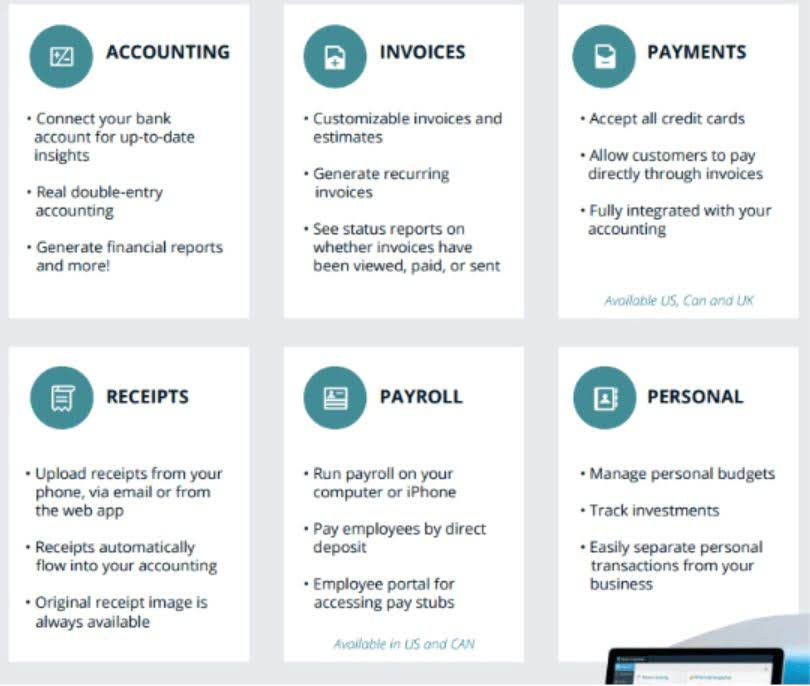
Instead of focusing at the beginning of the process, performance budgeting focuses on the end result. The key advantage of ZBB is its meticulous attention to detail and comprehensive planning. Both Sarah’s and John’s, and Lisa’s experiences demonstrate the power performance based budgeting advantages and disadvantages of traditional budgeting when applied with discipline and commitment.
- Activity-based costing was a dominant concept in the private sector, much less than the public sector organizations until the inception of performance-based budgeting.
- The traditional budgeting methods are basically tools for regulating and controlling expenditure.
- Performance budgeting emerged in the mid-20th century as governments sought to improve financial efficiency and accountability.
- Performance budgeting also encourages efficiency improvements as agencies strive to maximize the impact of their programs, ultimately leading to cost savings and reduced waste.
- You will know immediately if a department or a company is being responsible with their budgetary habits.
- This type of budget is commonly used by government bodies and agencies to show the link between taxpayer funds and the outcome of services provided by federal, state, or local governments.
Performance-Based Budgeting in Private Companies and Organizations

Users typically input their Car Dealership Accounting income sources as well as expenses under different categories in separate columns or tabs. The reason behind this is because you can keep track of your expenses and realize if there has been any improvement or not in your company. But if it does, this kind of problem can be resolved by planning a business budget. There’s a early month planning, updating every time you spend and then balancing at every month end. There are actually few types of budgets, so it might take some time and a bit of trial and error here and there before you find one that works for you.

Improve Your Decision-Making Process

Critics argue that performance budgeting can oversimplify complex issues, as not all outcomes can be easily quantified or attributed solely to government actions. Furthermore, there is a risk of “gaming” balance sheet the system, where agencies focus on meeting performance targets at the expense of broader goals. Despite these challenges, many organizations and governments find that the advantages of performance-based budgeting outweigh its disadvantages when properly implemented. The purpose of budgeting is to help businesses make informed decisions about how to allocate their resources and manage their cash flow effectively.

Improving Efficiency Through Performance Budgeting

Performance budgeting has the potential to motivate improved performance by linking funding directly to results. When agencies are held accountable for achieving specific performance goals, they are incentivized to work towards those objectives more diligently. Funding decisions are influenced by an agency’s ability to demonstrate its capacity to deliver measurable outcomes, creating a competitive environment where agencies strive to excel to secure funding.
- Traditional budgeting processes may lack transparency and accountability, leading to suboptimal resource allocation and inefficient spending.
- Despite these challenges, many organizations and governments find that the advantages of performance-based budgeting outweigh its disadvantages when properly implemented.
- Also, it enables companies to allocate funds to various projects by their importance.
- Performance information is used to evaluate the efficiency and effectiveness of each program or activity within an agency’s budget.
Even though both require organizations to rigorously manage financial performance, they involve different practices. The best way to define zero-based budgeting is by starting with a balance of zero, with no references being made to your company’s past or actual performance. Every functional area of the organization is reviewed from scratch and every new expenditure requires approval. Performance-based budgeting, by comparison, focuses on targets and offers the flexibility to allocate funds when conditions are met. It aims to improve the efficiency of a company’s expenditures, boost employees’ commitment and provide accountability.
